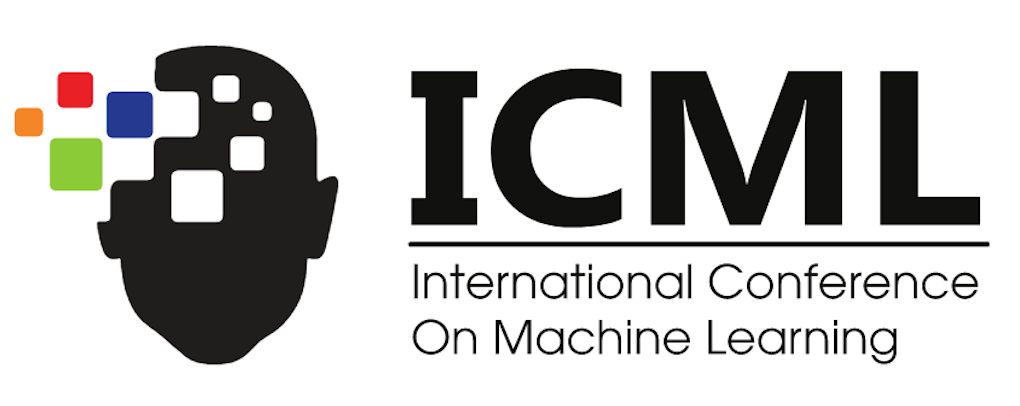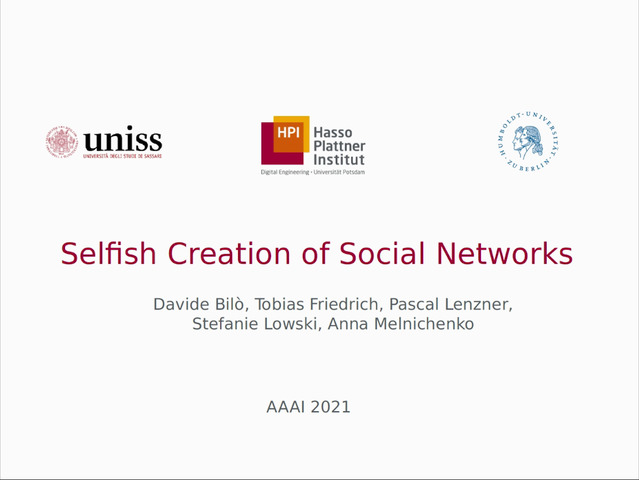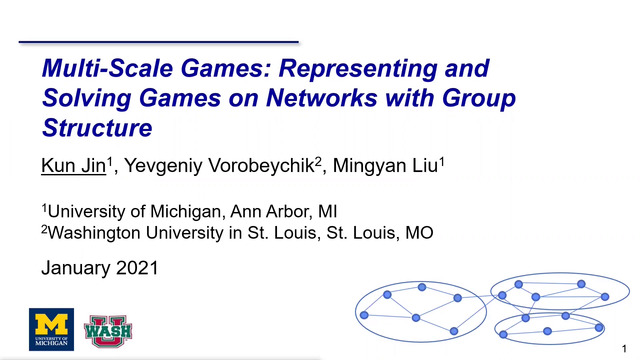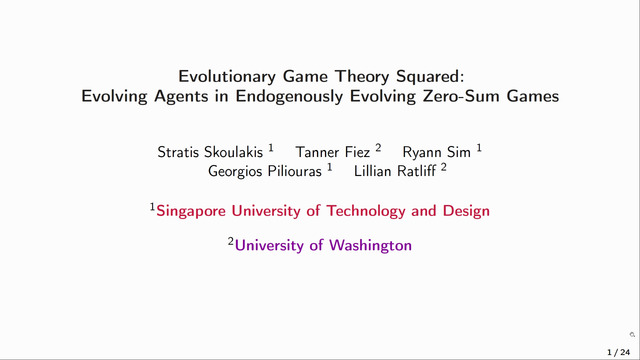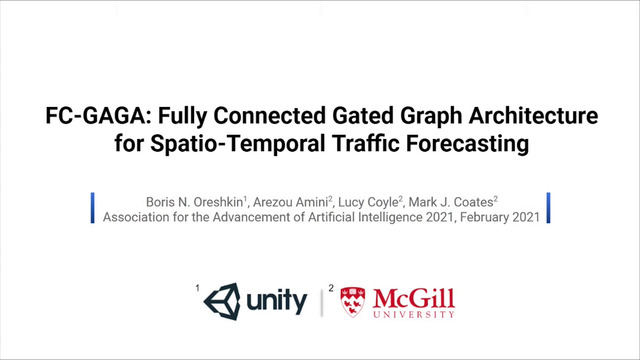Abstract:
Individuals, or organizations, cooperate with or compete against one another in a wide range of practical situations. In the economics literature, such strategic interactions are often modeled as games played on networks, where an individual's payoff depends not only on her action but also that of her neighbors. The current literature has largely focused on analyzing the characteristics of network games in the scenario where the structure of the network, which is represented by a graph, is known beforehand. It is often the case, however, that the actions of the players are readily observable while the underlying interaction network remains hidden. In this paper, we propose two novel frameworks for learning, from the observations on individual actions, network games with linear-quadratic payoffs, and in particular the structure of the interaction network. Our frameworks are based on the Nash equilibrium of such games and involve solving a joint optimization problem for the graph structure and the individual marginal benefits. We test the proposed frameworks in synthetic settings and further study several factors that affect their learning performance. Moreover, with experiments on three real world examples, we show that our methods can effectively and more accurately learn the games than the baselines. The proposed approach is among the first of its kind for {learning quadratic games, and have both theoretical and practical implications for understanding strategic interactions in a network environment.

